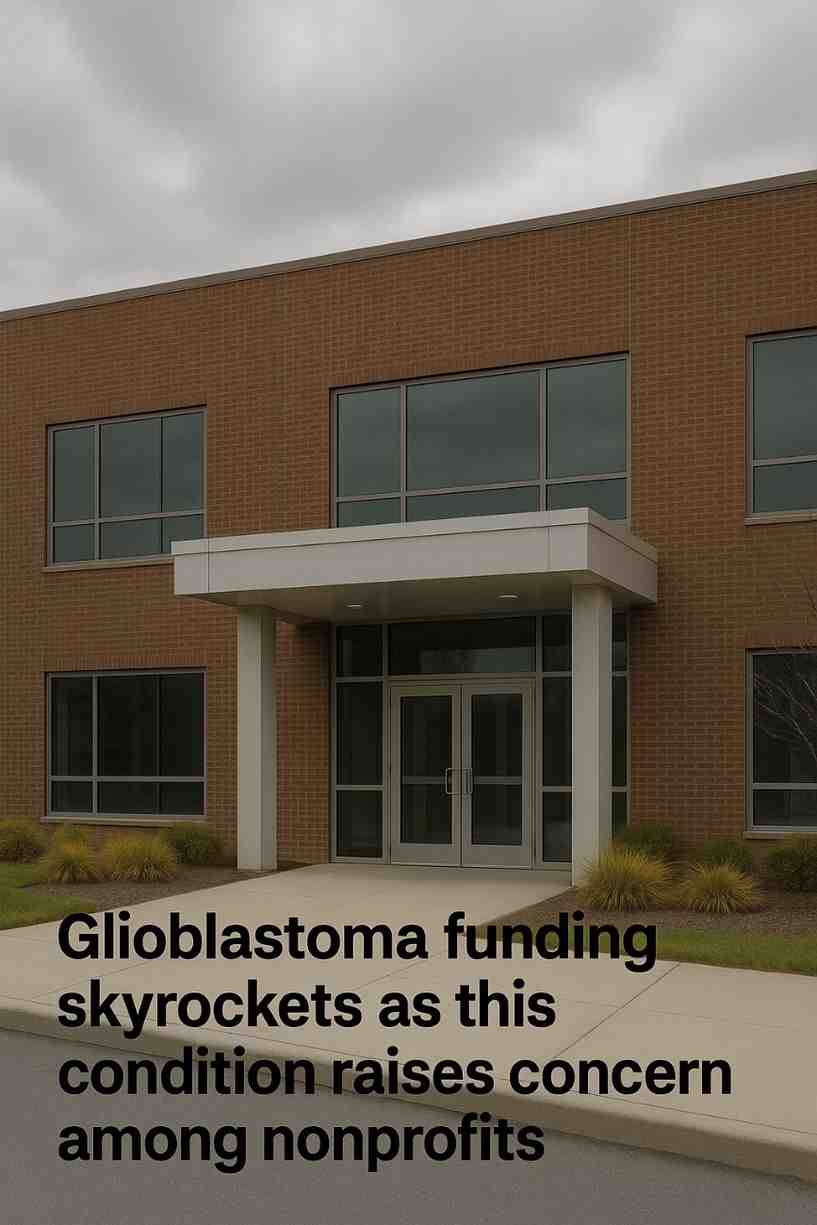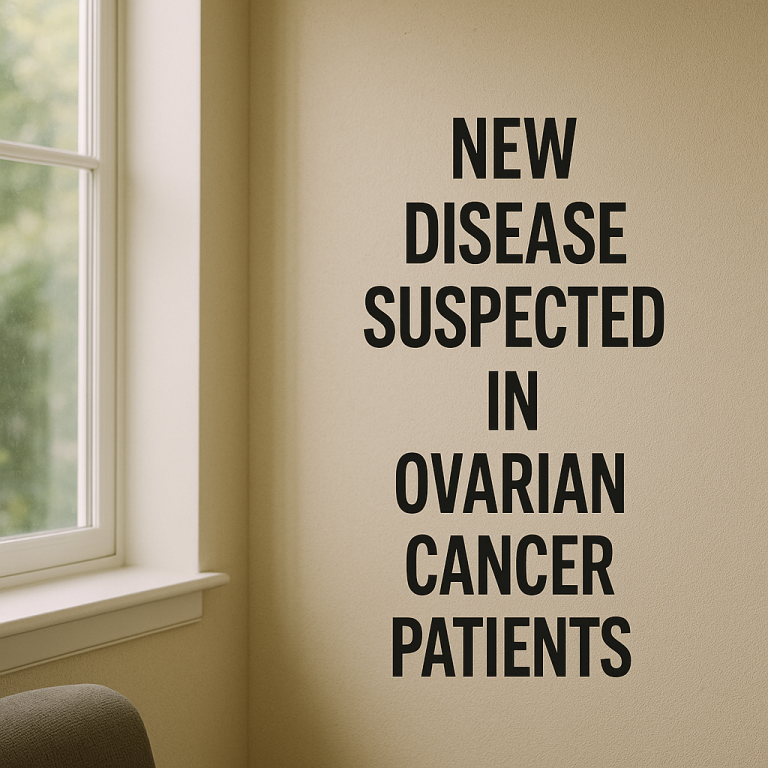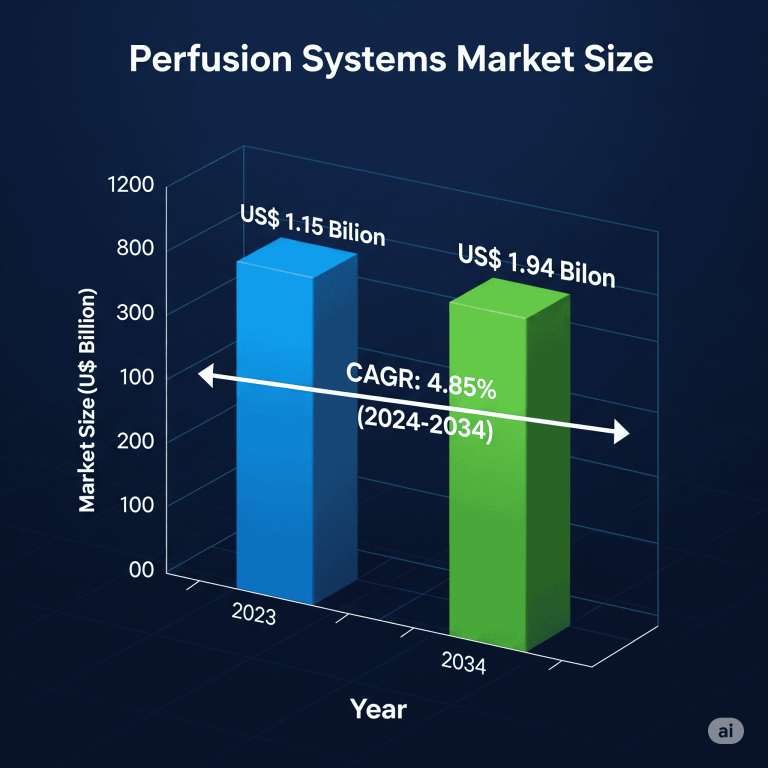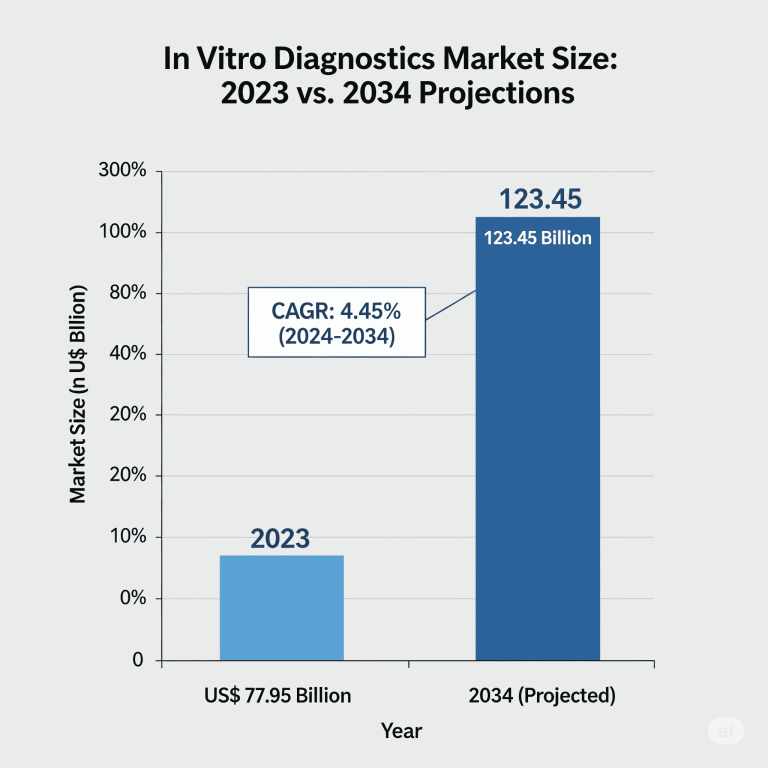
In a promising turn for brain cancer research, funding for glioblastoma (GBM) has seen a significant uptick, spurred by nonprofit advocacy and renewed interest from major pharmaceutical players.
Glioblastoma, a highly aggressive and life-threatening brain cancer, accounts for nearly half of all primary malignant brain tumors. With a median survival rate of just 14.6 months, the condition has long posed a challenge for researchers and drug developers. While only two drugs Merck’s Temodar (temozolomide) and Roche’s Avastin (bevacizumab) have made significant headway in the past two decades, recent pharmaceutical moves signal a shift in momentum.
Pharma Reinvests in a Once-Stalled Battle
In October 2024, Merck made headlines by acquiring Modifi Biosciences in a deal worth up to $1.3 billion. The biotech firm specializes in DNA modification for cancer therapeutics, including GBM. In a parallel move, Jazz Pharmaceuticals acquired Chimerix for $925 million this March, aiming to advance its pipeline with Chimerix’s diffuse glioma candidate. Jazz is now awaiting a crucial FDA decision on its promising drug candidate, dordaviprone, expected later this month.
These strategic acquisitions mark a resurgence in industry support after years of limited progress. Despite over 1,500 glioma trials registered between 2006 and 2021, the field struggled to deliver breakthrough treatments often due to insufficient funding and investor retreat.
A Push from Nonprofits and Early-Stage Innovators
The renewed funding is not solely pharma-driven. Nonprofits and early-stage innovators have played a critical role in maintaining momentum for glioblastoma research. Advocacy groups have contributed to the steady emergence of new funding streams and research collaborations, ensuring that scientific innovation continues despite previous setbacks.
Yash Thukral, Co-Executive Director of Innovate GBM, emphasized the difficulty of sustaining interest in such a challenging therapeutic area. “When the big pharma walks out, institutional investors walk out too because there’s no other option for them. If an institution doesn’t invest in the idea, then retail investment is not possible,” he said. “So, the companies working in the space don’t receive much capital and end up being forgotten in the big pharma race.”
Become a valued research partner with us – https://www.towardshealthcare.com/schedule-meeting
Marianne Baker, Science Engagement Manager at Cancer Research UK, highlighted the scientific complexity of glioblastoma. “Considering the location of the tumors and the biology of the brain, it is obvious that there are different types of cells and these grow tumors quickly, which makes it difficult to treat,” she explained. “The real challenge is these tumors are not visible and so not addressed quickly.”
Outlook
While glioblastoma remains a formidable challenge, the return of major pharmaceutical investment, combined with persistent nonprofit support, offers renewed hope. As new drugs inch closer to approval and research funding gains traction, the tide may finally be turning in the fight against this devastating disease.
Access our exclusive, data-rich dashboard dedicated to the healthcare market – built specifically for decision-makers, strategists, and industry leaders. The dashboard features comprehensive statistical data, segment-wise market breakdowns, regional performance shares, detailed company profiles, annual updates, and much more. From market sizing to competitive intelligence, this powerful tool is one-stop solution to your gateway.
Access the Dashboard: https://www.towardshealthcare.com/access-dashboard
Request a customized case study tailored to your business needs and gain deeper insights into healthcare market strategies: sales@towardshealthcare.com




